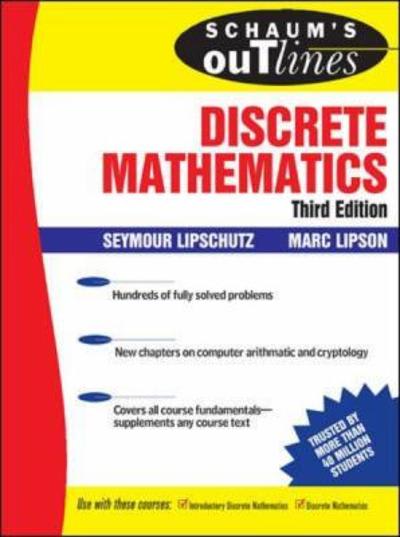section one- #1, 2, 3, & 4 and section 2- #5, 6, 7, 8, 9, 10, 11
1. In a multiple regression with five explanatory variables. data are collected on 63 observations. What are the degrees of freedom for the ANOVA F test? A) 4 and 57 C) 5 and 58 B) 5 and 57 5 and 62 2. In a multiple regression with four explanatory variables, data are collected on 25 observations. What is the largest value the ANOVA / statistic can take on before we would reject the null hypothesis that all of the regression coefficients are 0, at the S%% significance level? A) 2.78 3.10 B) 2.87 DI 3.51 3. In a multiple regression with two explanatory variables, the total sum of squares SST - 1000 and the mean square error MSE - 40. There are 13 observations. What is the value of Ri? A)0.04 C 0.60 B) 0.52 D) 0.96 4. In a multiple regression with three explanatory variables. the total sum of squares SST - 1008, the model mean square MSM - 76, and the test statistic - 2.533. How many observations were used? A) 26 30 B) 29 31 Use the following to answer questions 5-11: The data referred to in this question were collected from several sales districts across the country. The data represent sales for a maker of asphalt roofing shingles. Information on the following variables is available: Sales Sales from last year in thousands of squares Expenditures Promotional expenditures in thousands of dollars Accounts Number of active accounts Competing Brands Number of competing brands producing equivalent or similar products District Potential A coded indicator of the potential of the district (higher score = better potential) Partial SPSS regression output of a multiple regression model with sales as the response variable and the other four variables as predictor variables is given below: AllOVA Sum of Mociel Squares Mean Square Sig Regression 176777.1 44194.265 479.099 Residual 1937.137 92.245 Total 178714.2 Coefficients Unstandard zod Standardized Coefficients Coefficients Morsel B Sad. Error Buta Constant 78.320 12.960 13.759 00000 Promotional Expenditures 1.807 1.08 039 1.672 1094 Number of Active Accounts 3.318 .163 568 20.353 0000D Number of Competing Brands -21.185 788 617 26.887 0000D District Potential 325 018 49544 5. How many districts were sampled in all? A) 21 C) 25 B) 24 D) 26 6. What is the estimate for the error variance ( ? A) 9.604 C) 92.245 B) 12.960 D) 1937.137 7. What proportion of the variation in sales is explained by the set of all four explanatory variables? A) -0.647 C) 0.989 B) 0.558 D) 0.995 8. In an attempt to increase sales, the company can only directly influence some of these variables. It cannot change the number of competitors; it cannot change the district potential. The only two variables they can actively change are the number of active accounts and the promotional expenditures. Suppose they have $5000 to spend on new commercials (that is, promotional expenditures). By how much are sales expected to increase? A) 1.807 squares C) 1807 squares B) 9.035 squares D) 9035 squares 9. Which of the four explanatory variables seems to be the least significant in the model? A) Expenditures C) Competing Brands B) Accounts D) District Potential 10. What is a 95% confidence interval for the coefficient of promotional expenditures? A) (-0.441. 4.055) ) (-0.053, 3.667) B) (-0.312. 3.926) D) (0.726, 2.888) 11. An F test for the two coefficients of promotional expenditures and district potential is performed. The hypotheses are: H,: A - 7. - 0 versus F: at least one of the _ is not 0. The F statistic for this test is 1.482 with 2 and 21 degrees of freedom. What can we say about the P-value for this test? A) P-value 0.10







